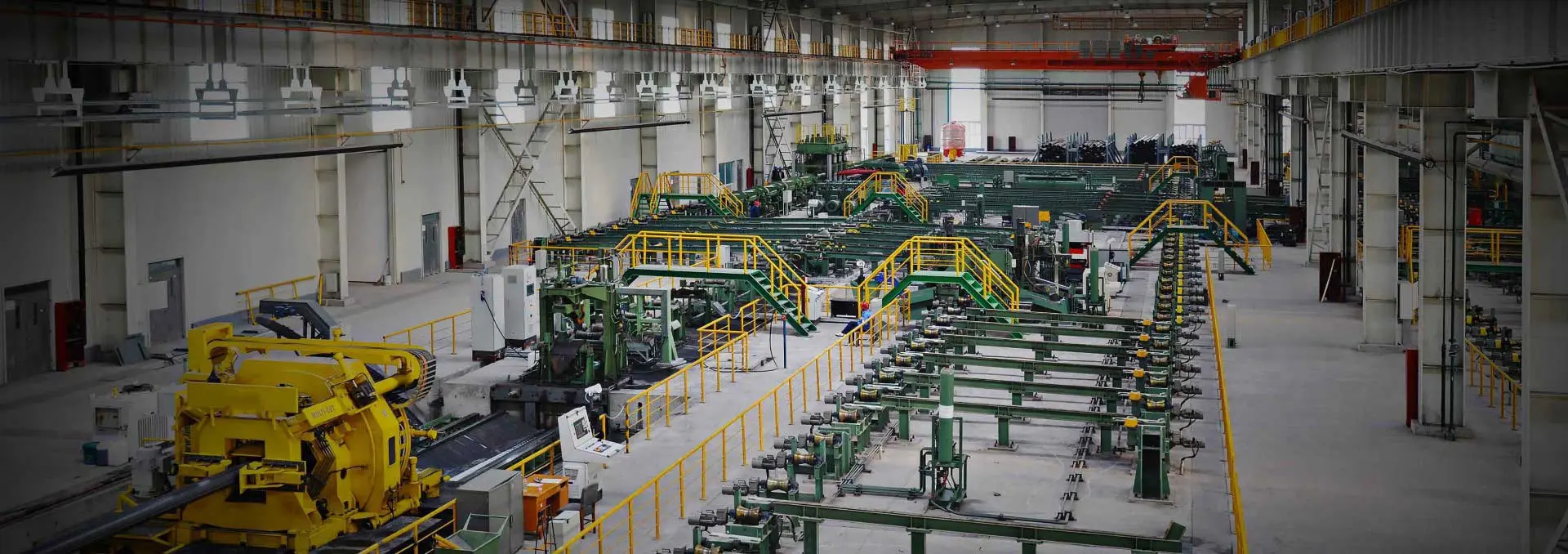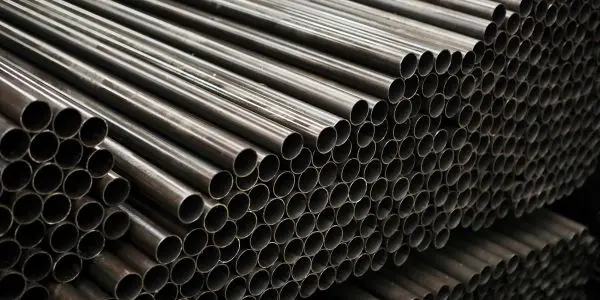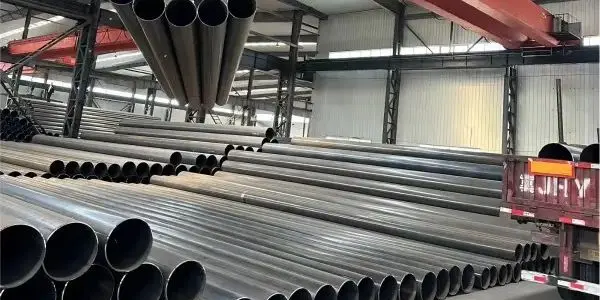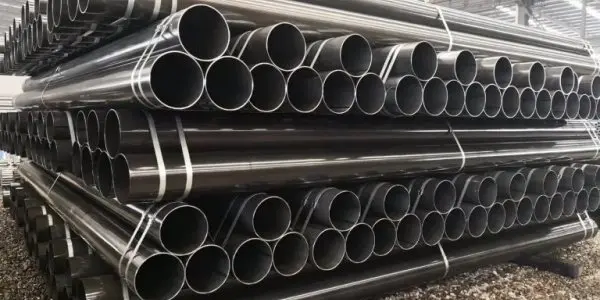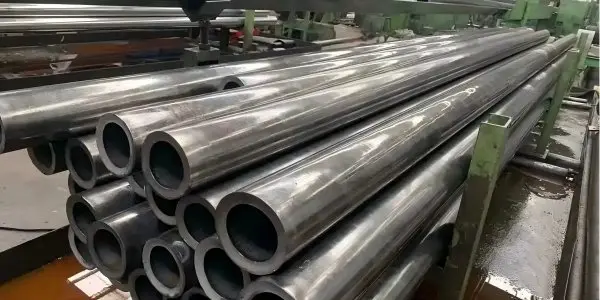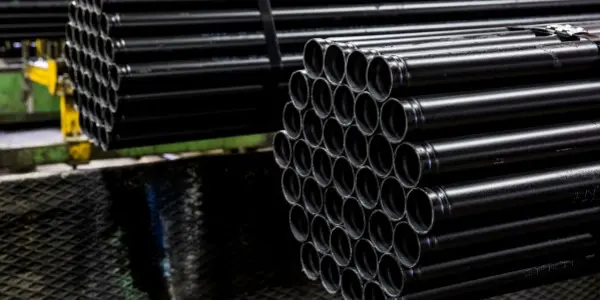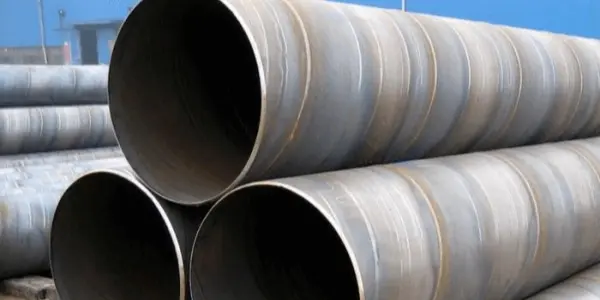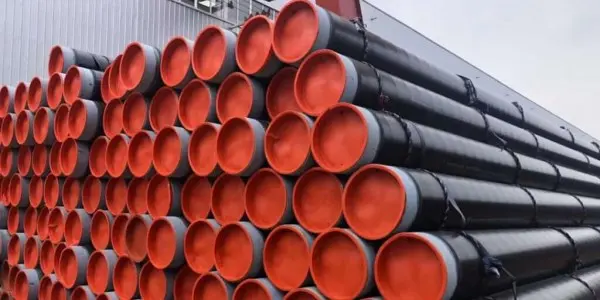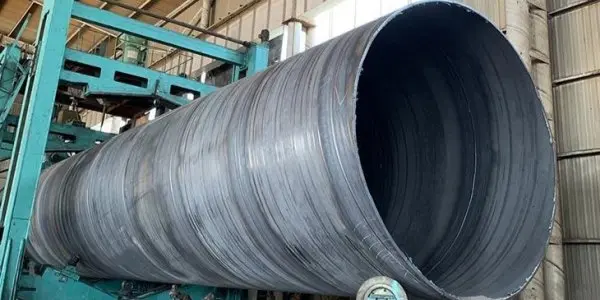-
What are the differences among grades of ASTM A500?
ASTM A500 includes four main steel grades for hollow structural sections—Grades A, B, C, and D—each tailored to specific structural needs. These grades differ in chemical composition, mechanical strength, and typical applications, allowing for optimal material selection based on performance requirements. Below is a concise overview highlighting the key distinctions among these grades.
Read More
-
What is carbon steel pipe life expectancy?
Carbon steel pipes are manufactured by piercing steel ingots or solid round billets into hollow tubes (capillaries), followed by hot rolling, cold rolling, or cold drawing processes. They play a crucial role in the steel pipe industry due to their versatility and wide range of applications.
Read More
-
ASTM A500 steel pipe specifications
ASTM A500 is a standard specification that covers cold-formed, welded, and seamless carbon steel structural tubing available in round, square, and rectangular shapes. Here's an overview of the typical ASTM A500 steel pipe specifications.
Read More
-
AS 1074 / NZS 1074 steel pipe
AS/NZS 1074 is the Australian and New Zealand standard for general-purpose steel pipes and fittings. Here is an overview of AS 1074 / NZS 1074 steel pipe.
Read More
-
Table of tolerance ASTM A530 / A530M steel pipe
When it comes to the manufacturing and quality assurance of carbon and alloy steel pipes, ASTM A530 / A530M serves as the general specification that governs the dimensional tolerances, surface finish, straightness, and other critical requirements. Whether used for structural purposes, mechanical systems, or pressure piping, steel pipes must meet precise standards to ensure performance, safety, and compatibility. This blog provides a detailed look into the tolerance tables outlined in ASTM A530 / A530M, including ovality, wall thickness, length, and straightness limits.
Read More
-
Requirements for seamless pipe straightness tolerance
Seamless pipes (SMLS) are widely used in industrial applications, and straightness is a key quality parameter. In general, seamless steel pipes are expected to maintain a certain degree of straightness; otherwise, deviations may negatively affect their performance. To ensure consistent quality, national standards have been established to define acceptable straightness criteria for seamless pipes. This article provides a detailed overview of these standards.
Read More
-
What is black steel pipe?
Black steel pipe, also known as "Schedule 40" pipe, is named for its dark appearance, which results from a layer of iron oxide formed during the manufacturing process. It is primarily used for gas transportation, including connecting appliances to their gas supply lines. This article will briefly introduce black steel pipe.
Read More
-
Welding techniques and coating treatment for ASTM A53 SSAW steel pipes
ASTM A53 SSAW (Spiral Submerged Arc Welded) steel pipes are widely used in industries such as oil and gas transportation, water supply systems, and structural engineering due to their excellent strength, durability, and cost-effectiveness. However, to ensure long-term performance and safety, both the welding process and surface coating treatment play a critical role in the pipe's overall quality. In this blog, we’ll explore the key welding techniques applied during the manufacturing of ASTM A53 SSAW steel pipes, and delve into the coating treatments that enhance corrosion resistance, extend service life, and ensure compliance with industry standards.
Read More
-
What are the specifications and dimensions of carbon steel pipes?
As a key industrial material, carbon steel pipe (CS pipe) is widely used across a range of sectors. Depending on the application, different projects require specific specifications and dimensions to meet performance and design needs. Below is an overview of commonly used carbon steel pipe dimensions along with their typical specifications.
Read More
-
What is ASTM A53 SSAW steel pipe?
ASTM A53 SSAW steel pipe is a widely used carbon steel pipe standard designed for low to medium-pressure applications, including water transmission, gas pipelines, structural frameworks, and mechanical systems. Issued by the American Society for Testing and Materials (ASTM), this standard covers both seamless and welded steel pipes, offering versatility across multiple industries. Compared to other standards like ASTM A252 (for piling) and ASTM A139 (for fluid transport), ASTM A53 stands out for its broad applicability in construction, oil & gas, industrial systems, and infrastructure projects. Here ia an overview of ASTM A53 SSAW steel pipes.
Read More

 English
English Español
Español




 Tel : +86-18565811709
Tel : +86-18565811709 Email :
Email : 